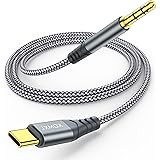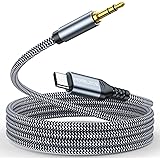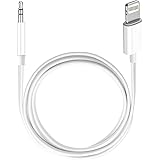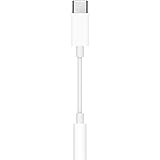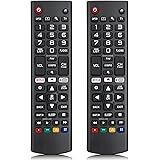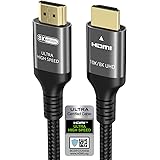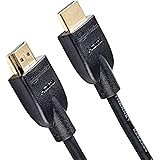
When it comes to buying a home theater screen, there are several factors to consider. While most home theater enthusiasts go for the same basic design, it can be a better investment to go with something a little more unique. One type of screen is a wall-mounted screen. Wall-mounted screens are perfect for displaying movies and shows in a living room or other space, but there are also other options you can choose from. One of the most attractive options is a Zero Edge Pro Series screen. This series of screens has an optional colored border. It also has a built-in backlighting kit, which makes it perfect for a social watching environment.
If you’re not comfortable with building a frame yourself, you can always buy a ready-made screen. Most screen installations have a fixed-frame design that attaches directly to the wall, creating a permanent tension and flat viewing surface. This type of screen is a common choice for home theaters, but it’s important to note that this type of screen needs a solid wall to be secure. Windows can compromise the tautness of a projector screen, which is why portable screens are a great option. You can even install them outside of your home theater if you’d like.
Home theater screens are also useful in rooms with a lot of ambient light. A screen with high-gain fabric can reflect more light, but it also creates “hot spots,” where the center of the image is brighter than the edges. This can negatively affect the color vibrancy of a movie. Choosing a lower-gain screen will minimize this problem and bring out a higher contrast ratio. A low-gain screen will also help diminish reflections and increase contrast ratio.
Another important factor when choosing a screen for a home theater is its aspect ratio. The aspect ratio, or width to height ratio, of the screen determines its quality. The wider an image is, the wider it needs to be. The higher the aspect ratio, the heavier the screen will need to be. However, a wider screen is better for viewing movies and other types of entertainment. If you are looking to purchase a new home theater screen, you can check out our list of top manufacturers.
Another option is a Stewart Filmscreen. This company has been in the film industry for over seventy years. It has even won two Academy Awards for technical merit. Their extensive product line includes more than 25 different types of screen material for all types of projection environments. The best part? They also help you set up connectivity. You can even hook up a home theater screen with a projector to use with your favorite video source. If you have a big home theater, you’ll want to consider a Stewart Filmscreen.
If you’re looking for a projection screen without blackout cloth, you can get by with a budget-friendly one. They usually last a long time and provide decent performance. If you’re only planning on watching movies and TV shows on your home theater, you can purchase a high-quality screen for a fraction of the price of a projector. Nevertheless, if you’re just starting out, it might be worth spending the extra money to get a quality screen.



